Unravelling Human-Environmental Dynamics and Pastoralist Strategies in Bronze Age Mongolia
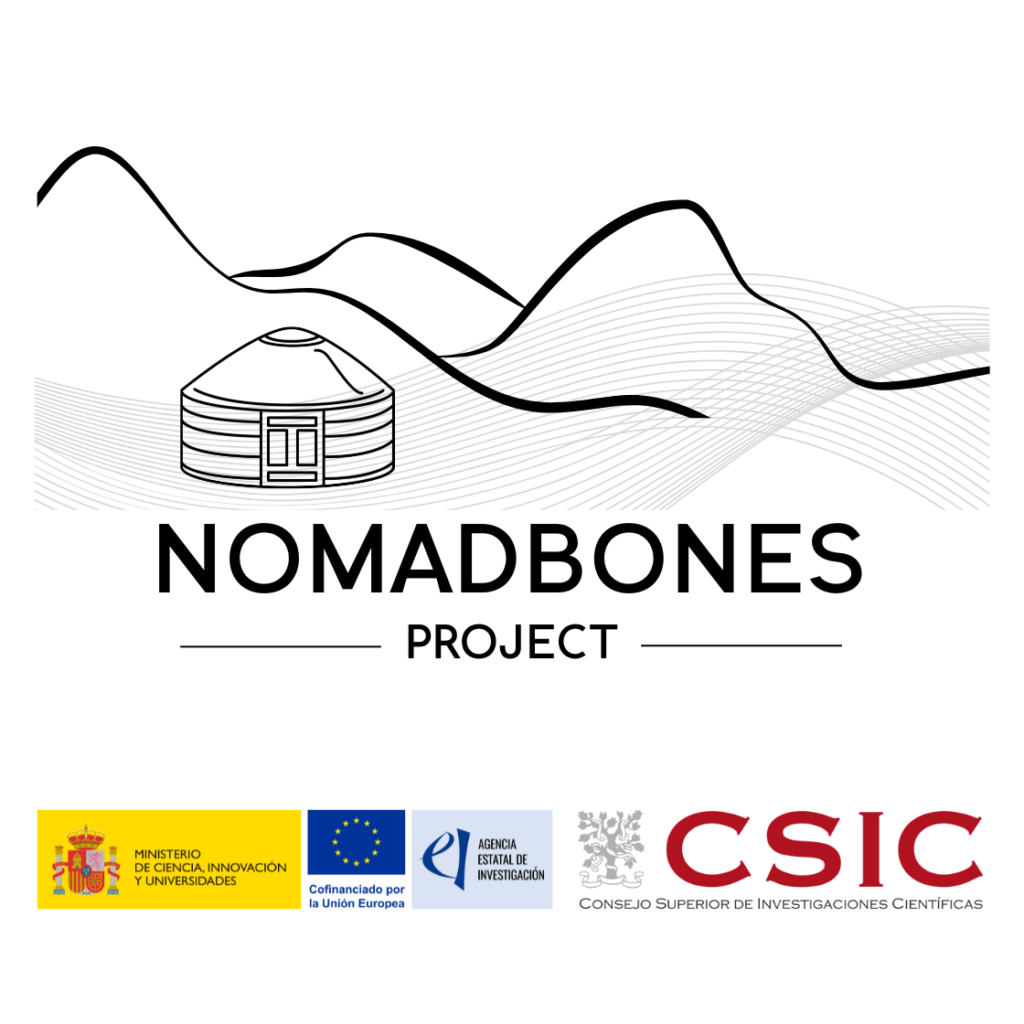
The Bronze Age in Mongolia (3000–700 BCE) was a period of significant social interaction and major transformations, with this period seeing the transition to livestock herding, marked by the development of mounted pastoralism and the domestication of the horse. The latter remains uncertain, as horses appear in the archaeological record around 2000 BCE, ca 900 years after the
domestication of other animals, such as sheep, goats, and cattle in the same region. However, the first direct evidence for widespread nomadic pastoralism dates to the Late Bronze Age (c. 1200–700 BCE) when ceremonial funerary complexes known as Deer Stone Khirigsuurs emerged. These monumental structures highlight the increasing social complexity of the period. Although little is known about the social organization associated with them, it has been suggested that these developments contributed to the rise of social inequality and the emergence of the first nomadic empires by the end of the Iron Age (700–300 BCE), such as the Xiongnu Empire (300 BCE–100 CE).
The project combines an interdisciplinary approach to explore key aspects of past human-environment interactions, pastoralism, and mobility patterns while addressing gaps in the archaeological and cultural understanding of vulnerable steppe regions such as Mongolia’s vast grasslands. By integrating cutting-edge geoarchaeological and biomolecular techniques, our hypotheses explore the macro-scale environmental context and microscale archaeological record to uncover insights into long-term pastoral land use and climate-human dynamics.
Ref. PID2024-162690NA-I00, funded by MICIU/AEI/10.13039/501100011033 and FSE+(138.875,00€)
Host Institution
The Institute of Natural Products and Agrobiology (IPNA-CSIC), part of the Spanish National Research Council (CSIC) under the Ministry of Science and Innovation, is home to the BIOMARQ Laboratory, led by the project’s principal investigator. Located within the Department of Life and Earth Sciences, the BIOMARQ Lab explores how past human societies adapted to and shaped their environments through geoarchaeological and biomolecular research.
The IPNA-CSIC also hosts a state-of-the-art Mass Spectrometry Facility that supports advanced proteomic and metabolomic analyses. The facility is equipped with a Synapt XS (QToF) system featuring ion mobility spectrometry (IMS) and dual ionization sources (MALDI and ESI), coupled to a Waters H-Class uPLC for ultra-high-performance liquid chromatography. A Vion IMS QToF platform further enhances analytical capabilities, providing precise molecular data with the support of dedicated research and technical staff.
Methodology
Understanding past environmental conditions and the impact of abrupt climate change in Mongolia is crucial for interpreting human-environment interactions and the country’s archaeological record. However, one significant challenge is the limited availability of reliable environmental proxies, particularly from anthropogenic sedimentary deposits. This data gap poses a barrier to the accurate reconstruction of historical landscapes and the dynamics of past societies. To address this, NOMADBONES proposes an approach that combines the collection and analysis of natural and archaeological archives through:
a) lipid biomarkers (n-alkanes and faecal sterols)
b) compound-specific isotope ratios (δ13C and δD)
c) organic and inorganic geochemistry
d) soil and sediment micromorphology
e) plant microremains analysis (phytoliths, pollen and NPPs)
f) prokaryotic sedimentary DNA (sedDNA)
g) sedimentary proteomics
h) strontium stable isotope data (87Sr/86Sr)
Meet the Team
Coming soon
Institutional Collaborations
Institute of Archaeology, Mongolian Academy of Sciences
Western Kentucky University, US
Universidad de La Laguna, Spain
University of Oulu, Finland
Institución Milá y Fontanals de Investigación en Humanidades (IMF CSIC), Spain
Fundación Palarq, Spain
Fieldwork in Mongolia: Exploring Cultural Landscapes and Nomadic Heritage
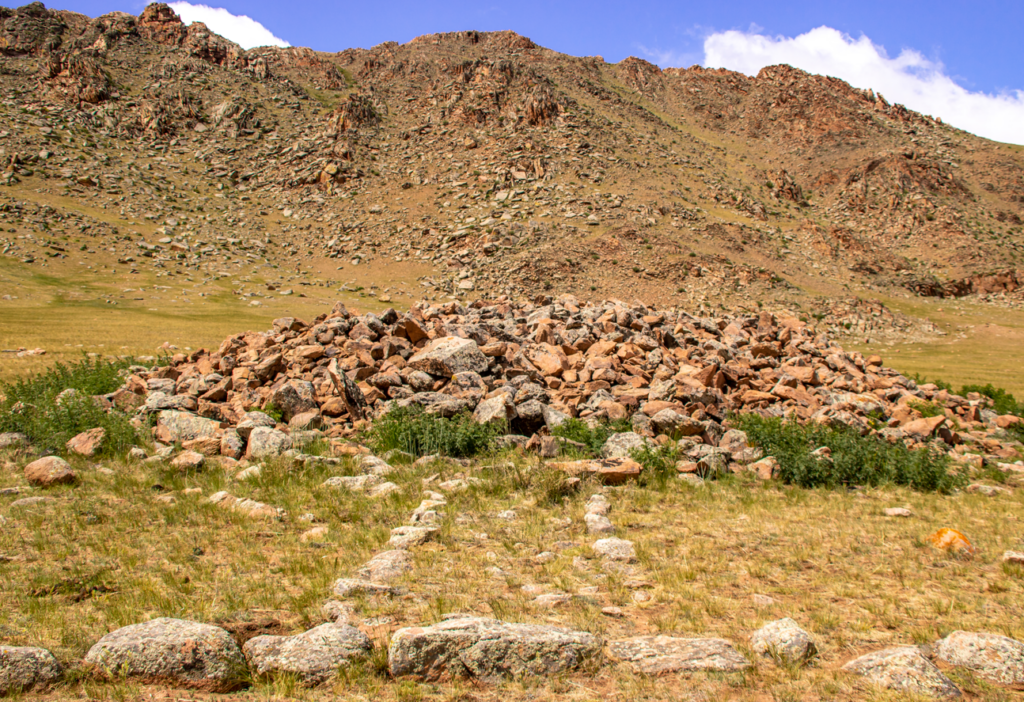
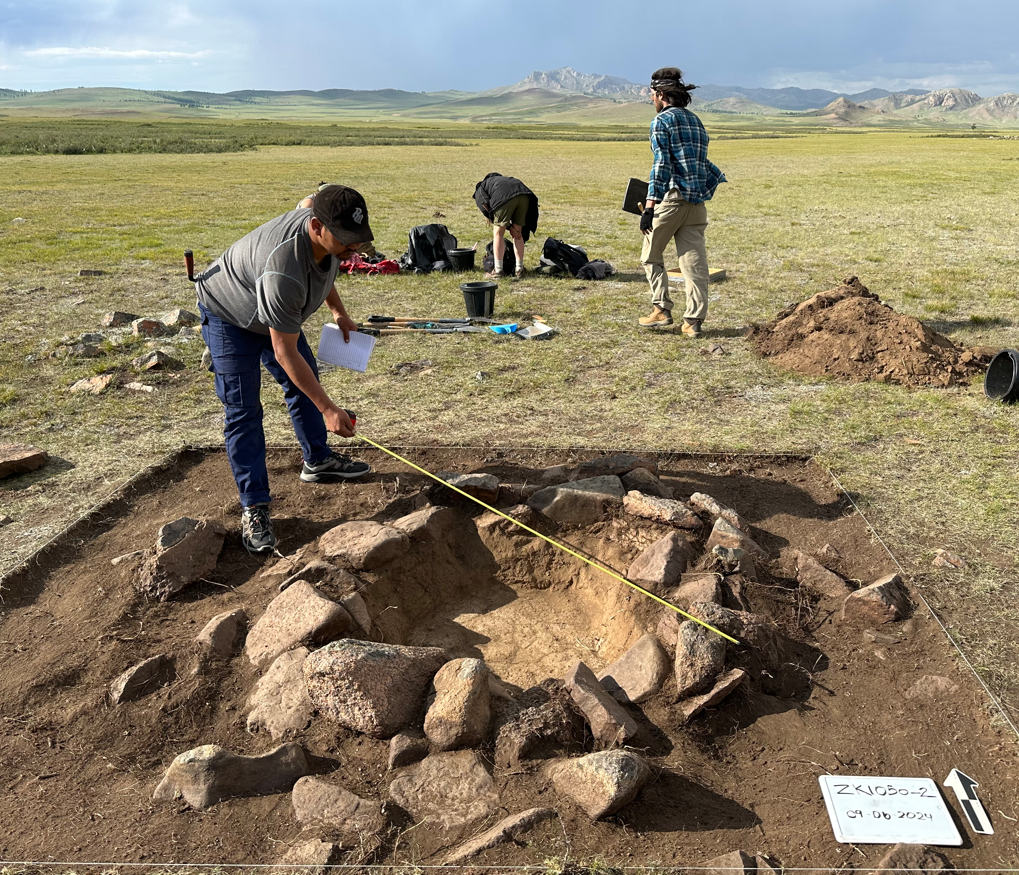

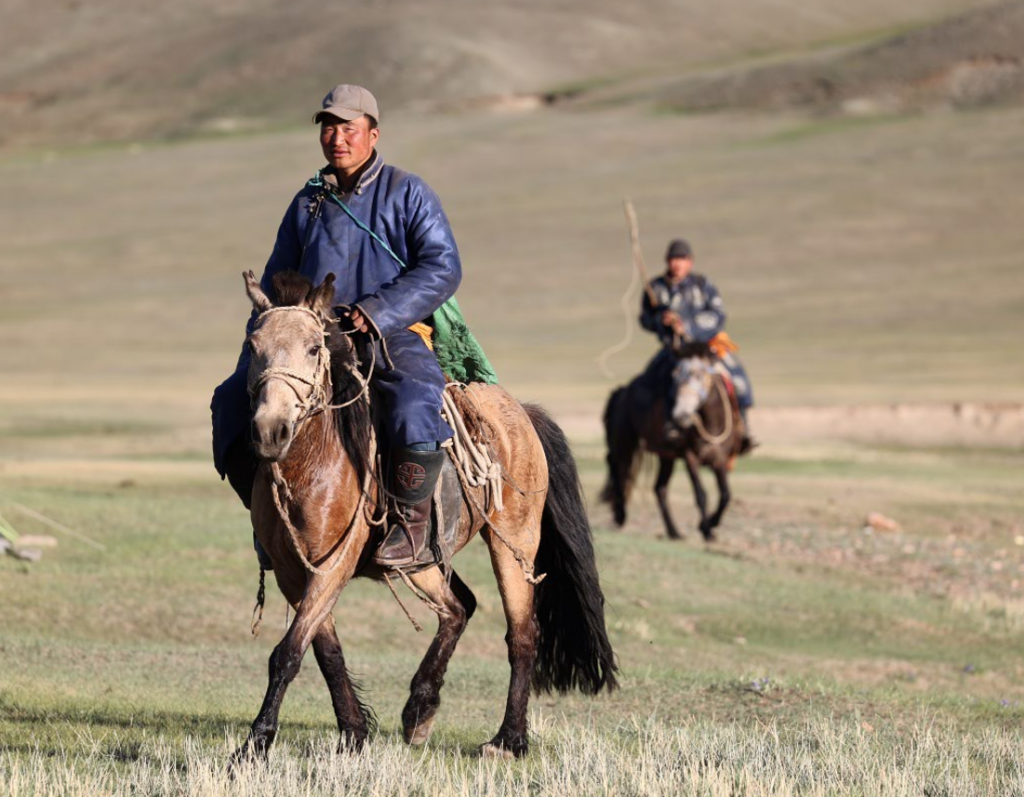
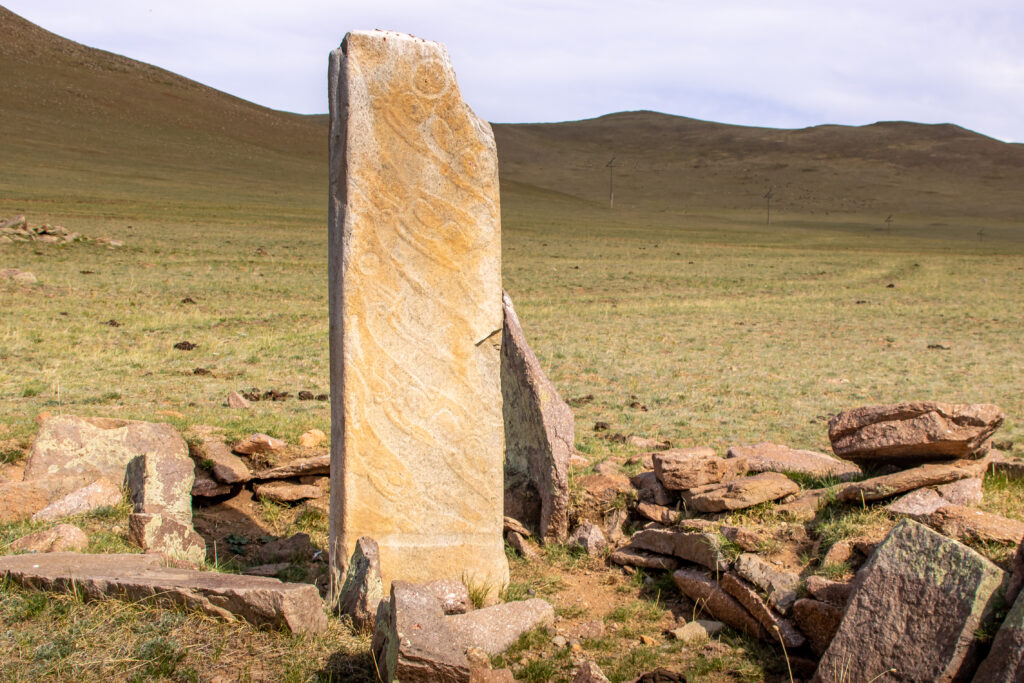
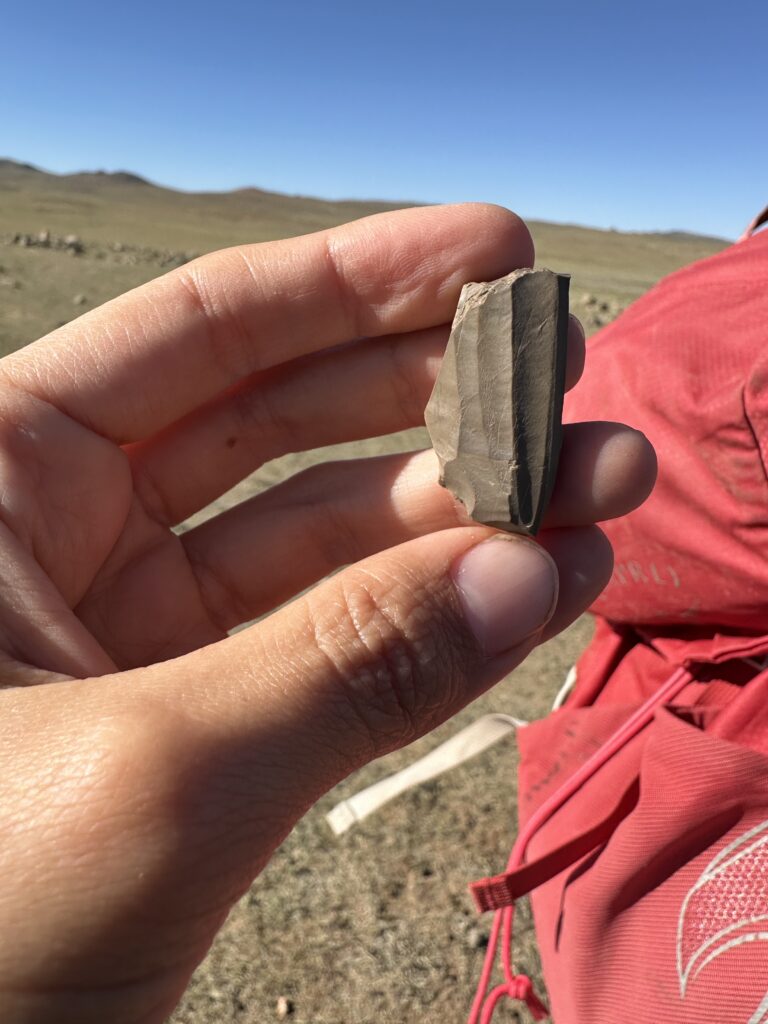
©N. Égüez